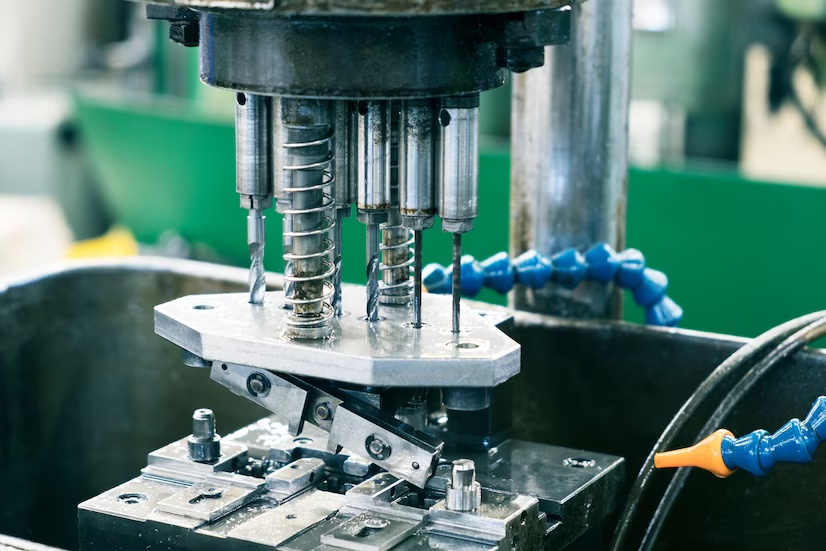Die casting, a cornerstone of metalworking plays a vital role in shaping our world. This remarkable process transforms molten metal into intricate and precise parts, forming the backbone of countless objects we encounter daily. But what exactly are some of these die-cast examples? Let’s embark on a journey through various industries, exploring how die-casting brings objects to life.
1. Automotive Industry: Powering the Ride
The mold manufacturer China automotive industry heavily relies on die casting for its efficiency and ability to produce high-strength parts. Here are some prominent examples:
- Engine Components: Die casting shines in producing complex engine components like engine blocks, cylinder heads, and pistons. These parts require a balance of strength, weight savings, and heat resistance, making die-cast aluminum alloys a perfect choice.
- Wheels: Modern car wheels often utilize die-cast aluminum for their lightweight design and durability. This allows for better fuel efficiency and improved handling compared to heavier steel wheels.
- Transmission Housings: Die casting China delivers intricate transmission housings that enclose the complex gear mechanisms within a car’s transmission system. Aluminum alloys, chosen for their strength and weight savings, ensure smooth operation and optimal performance.
2. Consumer Electronics: Shaping the Tech World
Die casting plays a crucial role in the world of consumer electronics, enabling the creation of sleek and functional devices:
- Laptop and Smartphone Housings: The lightweight and robust characteristics of die-cast magnesium or aluminum alloys make them ideal for crafting the housings of laptops and smartphones. These housings provide structural integrity while maintaining a slim and stylish design.
- Heat Sinks: Die casting efficiently produces intricate heat sinks, essential components in electronic devices for dissipating heat. The high thermal conductivity of aluminum alloys used in die-cast heat sinks allows for efficient heat transfer, keeping electronic components cool and functioning optimally.
- Brackets and Internal Components: Numerous brackets and internal components within electronic devices, like connectors and structural supports, are often die-cast from aluminum or zinc alloys. These parts require a balance of strength, formability, and affordability, making die casting a suitable choice.
3. Beyond the Obvious: Everyday Applications
Die casting’s reach extends far beyond the automotive and electronics industries. Here are some unexpected examples of die-cast objects:
- Furniture: Die-cast aluminum is used for chair bases, offering a combination of strength, lightweight design, and aesthetic appeal.
- Power Tools and Hardware: Die casting delivers intricate housings and components for power tools, drills, and various hardware items. The process allows for complex shapes and durability at a competitive cost.
- Toys: Many toy cars, trucks, and other metal components utilize die-cast zinc or aluminum alloys. These materials provide a balance of affordability, durability, and the ability to capture intricate details.
- Medical Devices: Certain medical devices, like implant components or instrument housings, can be die-cast using biocompatible alloys like titanium or stainless steel. This process ensures precise shapes and high strength for critical medical applications.
Conclusion: Die Casting – Shaping Our World
As you look around you, from the car you drive to the smartphone in your hand, the chances are high that die casting played a role in shaping those objects. This versatile and efficient process continues to be a driving force in metalworking, enabling the creation of complex, precise, and functional metal parts across countless industries. With its ability to produce high volumes at a rapid pace, die casting will undoubtedly continue to shape the objects that define our world for years to come.
Also Read:
- How To Use Fixodent?
- What Are Tooth Veneers?
- How Are Chipped Teeth Repaired?
- What Are Some Best Home Remedies For Toothache?
- Todays Dental News Upcare Dental And Medical Clinics


